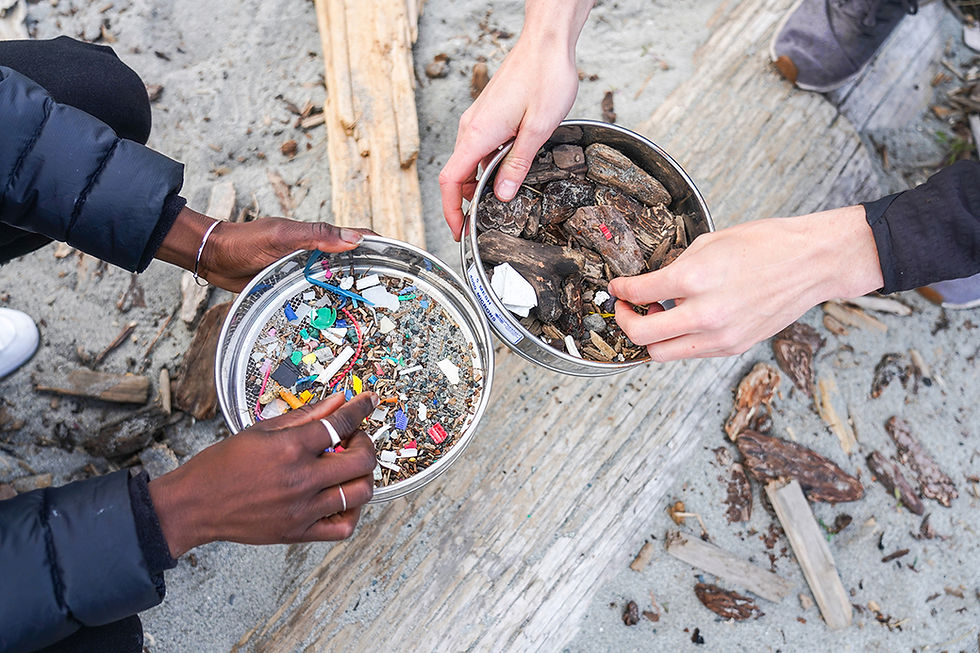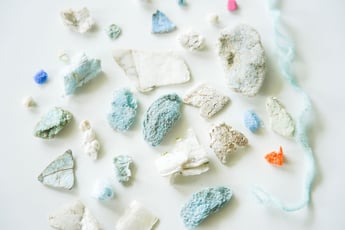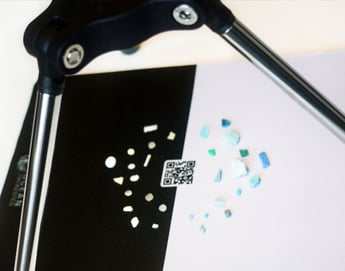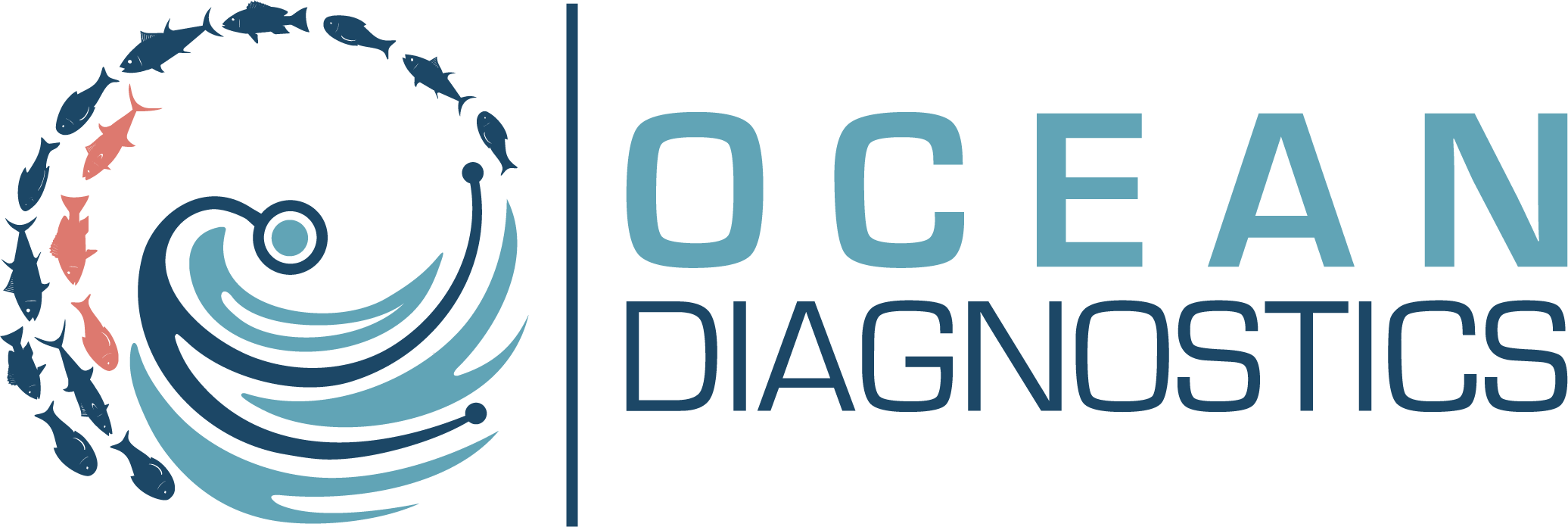Community Science Volunteers Use High Technology to Study Microplastic Pollution on Vancouver Island
New technology designed by Ocean Diagnostics is used to identify 81 per cent of microplastic pollution in Greater Victoria Region is foam

Microplastics are showing up in environments and wildlife across the globe, but to understand their sources and to build effective solutions more localized data is needed. A recent pilot study led by Ocean Diagnostics Inc. (ODI) in partnership with Environment and Climate Change Canada found that microplastic pollution on southern Vancouver Island beaches was dominated by polystyrene.
The study provides the most extensive microplastic pollution dataset on British Columbia shorelines and demonstrates that community scientists and technology can generate important data to understand local sources and measures to mitigate microplastic pollution.
 Over the course of six months, 51 volunteer community scientists used scientific protocols to collect and record 2,426 microplastic particles, ranging from 0.5-5 mm in size, on 10 different sandy beaches in the Greater Victoria Region.
Over the course of six months, 51 volunteer community scientists used scientific protocols to collect and record 2,426 microplastic particles, ranging from 0.5-5 mm in size, on 10 different sandy beaches in the Greater Victoria Region.
 ODI-developed technology, the Saturna Imaging System, was used to count and characterize microplastic particles and validated for future use by community scientists. Eighty-one percent of these particles were identified as foam, primarily polystyrene and particularly present near marinas.
ODI-developed technology, the Saturna Imaging System, was used to count and characterize microplastic particles and validated for future use by community scientists. Eighty-one percent of these particles were identified as foam, primarily polystyrene and particularly present near marinas.
“Polystyrene is used commonly in the marine sector, such as in docks, marinas and aquaculture,” says Dr. Anna Posacka, ODI’s Chief Scientific Officer.
“Polystyrene is commonly used in the marine sector, such as in docks, marinas and aquaculture,” explains Dr. Anna Posacka, ODI’s Chief Scientific Officer. “Environmental organizations and cleanup groups in British Columbia have removed large quantities of plastic foam from local shorelines over the years with much of this thought to originate from marine uses.”
ODI will present this scientific data to local stakeholders to advance policy and solutions to prevent polystyrene pollution in this area. Using the beach sampling protocol, the community can continue to monitor the area for microplastics and ensure the success of any subsequent measures put in place.
The study also led to the development of a Microplastics Community Science Toolkit with digital educational resources and technology for community volunteers, beach cleanup groups and schools across the country and globe.
"Community Scientists can inspire local action while contributing to research and policy development," Dr. Anna Posacka, ODI’s Chief Scientific Officer
"By engaging in Community Science, these groups can help to map microplastics on Canadian shorelines and inspire action in their communities, while contributing to research and policy development," says Dr. Posacka.
The Toolkit can also be applied on other sandy shorelines across Canada to help communities identify sources and hotspots of microplastics. Using the practices and technology developed in this pilot study, the public can generate data to guide research, policy and community action.
Learn more about community science and how to start a project in your community here.
Ocean Diagnostics Inc. (ODI) is a Victoria, B.C.-based environmental impact company that diagnoses and protects our planet from the threats of plastic pollution and biodiversity loss. Through innovative technology, cutting-edge laboratory capabilities and collaborative partnerships, ODI enables scientists and the public to collect the data needed to influence local and global solutions.
